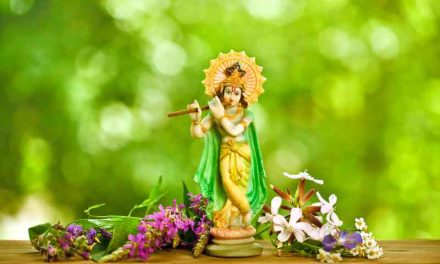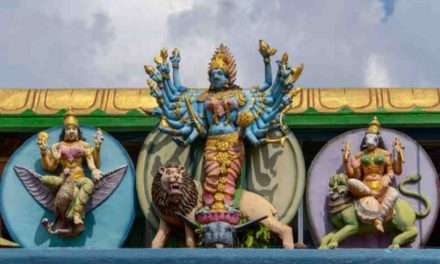Lord Hanuman, the revered deity in Hindu mythology, is often celebrated for his immense strength, unwavering devotion, and unparalleled courage. However, his spiritual prowess extends far beyond these qualities. He is believed to be the embodiment of divine power, possessing the eight mystical abilities known as Siddhis.
Understanding the Siddhis
Siddhis are extraordinary spiritual powers that can be attained through rigorous meditation and spiritual practices. While these powers are often associated with yogis and sages, Lord Hanuman is believed to have mastered them effortlessly. These Siddhis represent the pinnacle of spiritual attainment, offering dominion over the physical and spiritual realms.
The Eight Siddhis
- Anima: This Siddhi grants the power to reduce one’s body to the size of an atom or even become invisible. Hanuman exhibited this ability when he searched for Sita in Lanka, shrinking himself to the size of a needle to find her.
- Mahima: The opposite of Anima, Mahima is the ability to expand one’s body to immense proportions. Hanuman demonstrated this power when he grew to colossal sizes during his battles with demons.
- Garima: This Siddhi allows one to increase their weight infinitely. While not as prominently displayed as the other Siddhis, it complements the overall mastery over the physical form.
- Laghima: The power to make one’s body as light as air, Laghima enables effortless movement and defies gravity. Hanuman’s ability to fly is a classic example of this Siddhi.
- Prapti: This Siddhi grants the power to reach any place instantaneously. Hanuman’s rapid travel to Lanka to rescue Sita is a testament to this divine ability.
- Prakamya: The power to fulfill any desire, Prakamya represents the ultimate form of manifestation. Hanuman’s ability to create illusions and materialize objects is linked to this Siddhi.
- Isitva: This Siddhi bestows absolute lordship over others, nature, and all living beings. While Hanuman is primarily known for his service, this Siddhi underscores his potential dominion.
- Vasitva: The power to subdue all material elements and natural forces, Vasitva represents complete control over the physical world. Hanuman’s mastery over fire, water, and wind is indicative of this Siddhi.
Hanuman: The Embodiment of Siddhis
Lord Hanuman’s life is a living example of how these Siddhis can be used for the greater good. His unwavering devotion to Lord Rama, coupled with his mastery over these divine powers, makes him an unparalleled figure in Hindu mythology.
It is essential to remember that while Siddhis are extraordinary, they are not the ultimate goal of spiritual practice. True spiritual growth lies in the development of compassion, wisdom, and selfless service. Hanuman’s life serves as a reminder that even with immense power, humility and devotion are the true measures of greatness.
By understanding the eight Siddhis and their manifestation in Hanuman’s life, we can gain deeper insights into the complexities of spiritual practice and the potential of human consciousness.
The Symbolism Behind the Siddhis
The Siddhis, while representing extraordinary abilities, also carry profound symbolic meanings. They are not merely superpowers but reflections of deeper spiritual truths.
- Anima and Mahima: These opposing powers symbolize the duality of existence. The ability to shrink and expand represents the cosmic dance between creation and destruction, the microcosm and macrocosm.
- Garima and Laghima: These powers symbolize the interplay of weight and lightness, gravity and freedom. They reflect the spiritual journey of transcending earthly limitations and finding inner peace.
- Prapti and Prakamya: These Siddhis represent the power of intention and manifestation. They signify the ability to overcome obstacles and create one’s reality through focused desire and spiritual alignment.
- Isitva and Vasitva: These powers symbolize dominion and control, but not in a tyrannical sense. Rather, they represent the mastery over one’s mind, emotions, and surroundings, which is essential for spiritual growth.
Collectively, the Siddhis symbolize the full spectrum of human potential. They represent the journey from the physical to the spiritual, from limitation to liberation. When viewed through this lens, Hanuman’s possession of these powers becomes even more significant. He is not merely a powerful being, but a symbol of human potential realized through devotion and spiritual discipline.
It is essential to remember that while these powers are awe-inspiring, they are not the end goal. The true essence of spirituality lies in using these powers for the benefit of all, as Hanuman did. His life serves as a reminder that with great power comes great responsibility, and that true strength lies in compassion and service.





